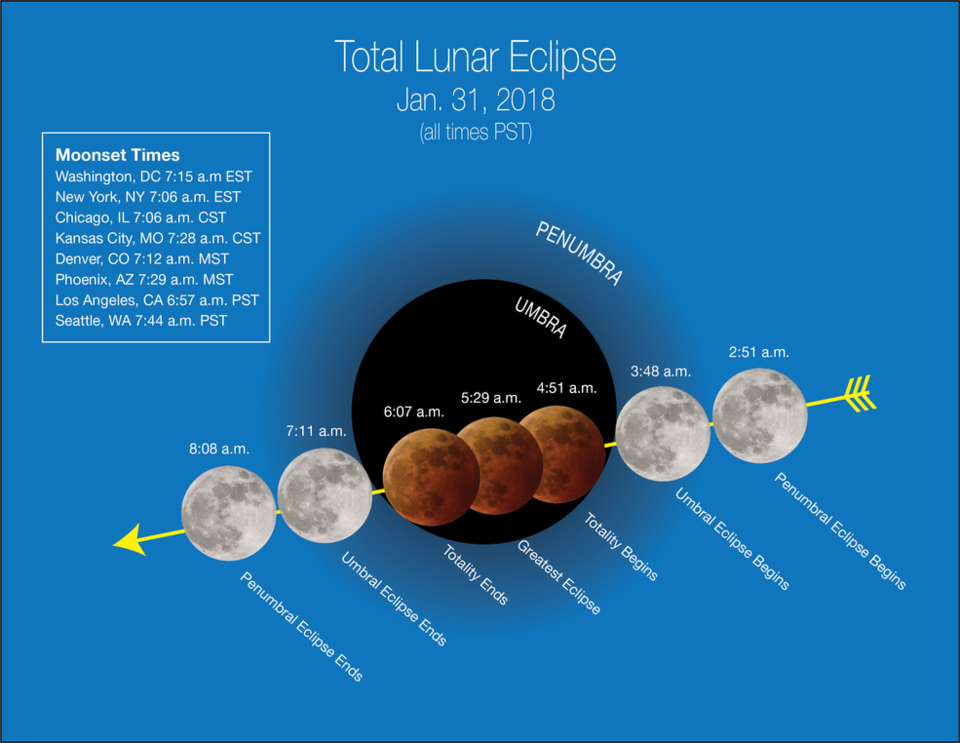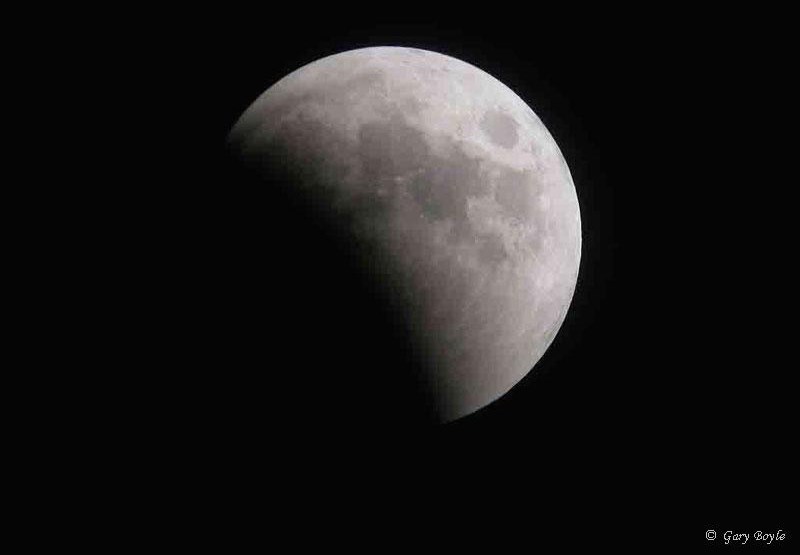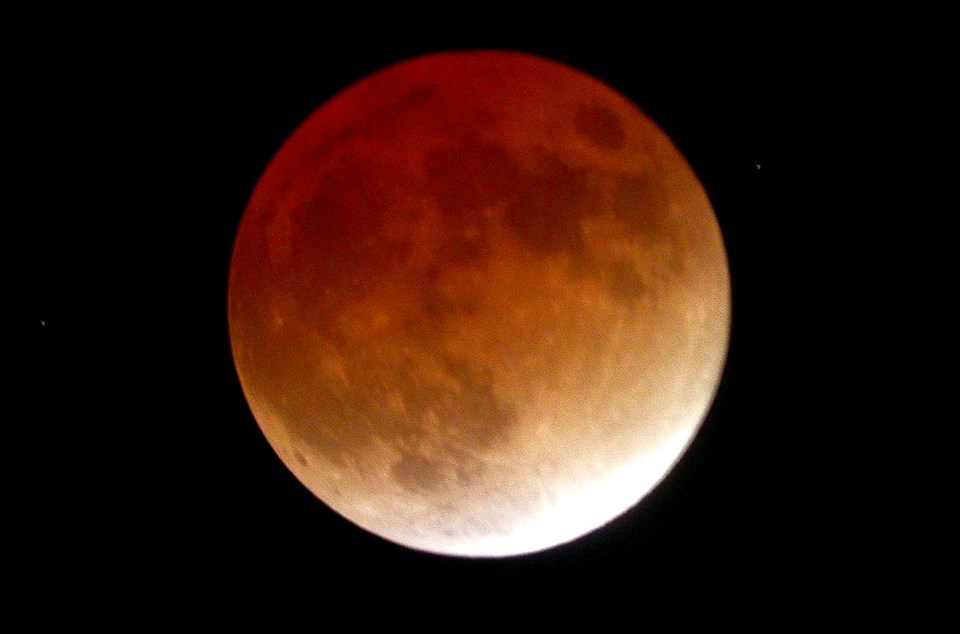Once in a blue moon there’s a reason to get up in the middle of the night.
If the weather gods co-operate, the “super blue blood moon” on January 31 is one of them.
"Sometimes the celestial rhythms sync up just right to wow us,” NASA says.
Four phenomena are aligning perfectly early Wednesday morning. There will be a full lunar eclipse, a blue moon and a blood moon.
What do you get when you have a supermoon, which also happens to be the 2nd full Moon of the month, passing through Earth’s shadow during a total lunar eclipse? A Super Blue Blood Moon! Catch this lunar trifecta coming our way on Jan. 31:
— NASA (@NASA)
A blue moon occurs when there are two full moons in a calendar month, about once every two or three years. This will be the first time in 150 years that a blue moon also coincides with a total lunar eclipse. That’s when the moon slides into the earth’s shadow.
A supermoon happens when the moon is full as its orbit takes it closest to the earth. It will appear 14 per cent larger and about 30 per cent brighter than usual, saysĚý.
A blood moon occurs when sunlight to the moon is blocked by the earth's shadow during an eclipse. "Light refracted through our atmosphere turns the lunar surface red, much like we see red sunsets," says "backyard astronomer" Gary Boyle.
If there aren’t any night clouds, Vancouverites have a prime viewing location. And, unlike a , no special glasses are required.

“There’s nothing dangerous about it. It’s just a full moon turning darker so it’s very safe to look at,” Boyle says.
It should be a beautiful sight, he says.
Although parts of the lunar eclipse will be seen across North America, “people get a better and better show closer to the west coast,” he says. He lives in Ottawa so he will see the moon moving into the shadow just as the moon sets.
If you’ve got a good imagination, the best view would be from the moon, he says. You’d see people experiencing sunrise and sunset all at the same time.
The next lunar eclipse that can be viewed by Canadians coast to coast is Jan. 21, 2019.

Boyle has provided the timing of the lunar eclipse in Pacific Standard Time:
Partial eclipse begins at 3:48 a.m.Ěý
Total eclipse begins at 4:52 a.m. ĚýĚýĚýĚýĚýĚýĚýĚý
Greatest eclipse at 5:30 a.m.
Total eclipse ends at 6:08 a.m.
Partial eclipse ends at 7:11 a.m.ĚýĚýĚýĚý
The long-term forecast for January 30 and 31 is partially sunny with a few showers. Fingers crossed.
Ěý
With files from Kacy Wu of the Richmond News.
Note: An earlier version of this story incorrectly stated the day of the event. It was to take place Wednesday morning, not Thursday.Ěý



